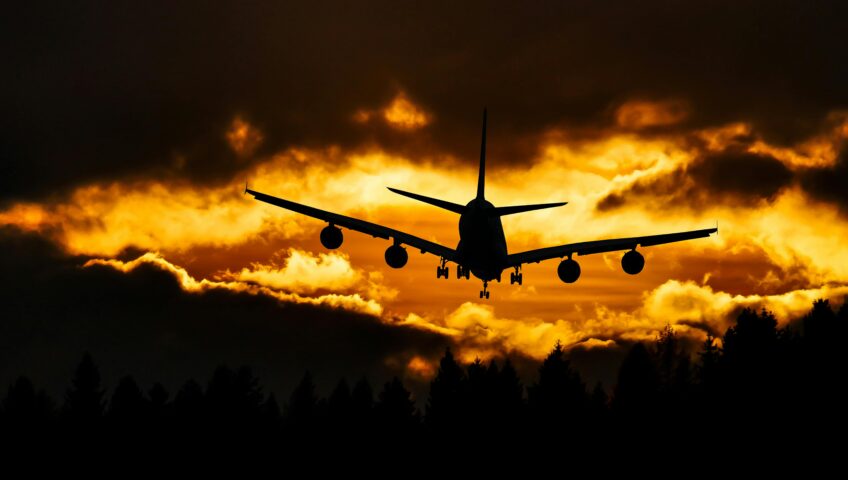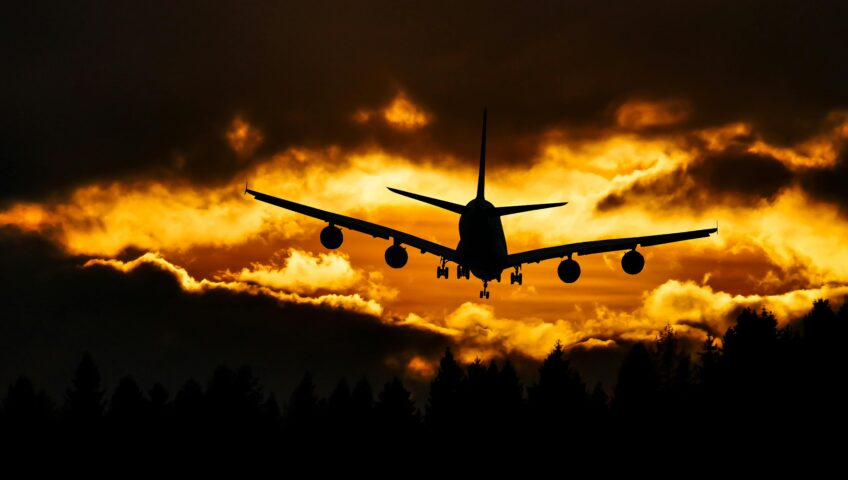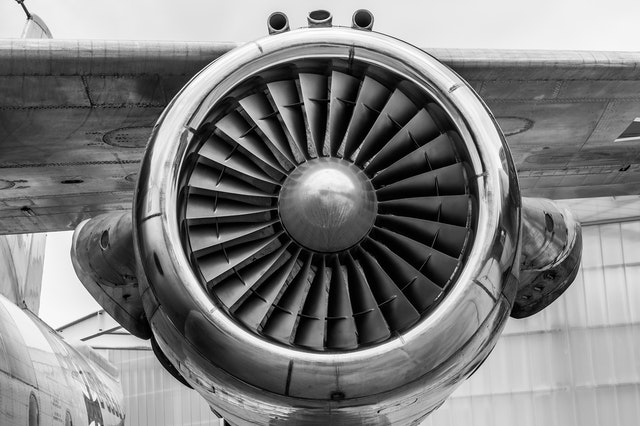Today, August 19, 2025, is National Aviation Day, an annual observance dedicated to honoring the men and women who pioneered human flight and made significant contributions to aviation history. This day serves as a reminder of the incredible advancements in aviation and offers a chance for everyone to appreciate how far we’ve come in the field of flight.
Whether you're an aviation enthusiast or simply curious about flying, there are many meaningful ways to observe and celebrate National Aviation Day.
Here are some great ways to get involved:
1. Visit an Aviation Museum
Explore the rich history of flight by visiting an aviation museum such as the Intrepid Museum, the Cradle of Aviation Museum, or the Space Shuttle Pavilion. These institutions often feature vintage aircraft, interactive exhibits, and educational programs that highlight aviation’s evolution over time.
2. Attend an Airshow
Experience the thrill of aviation firsthand by attending an airshow in your area. Watch stunning aerial displays and aerobatic performances by skilled pilots. These events are both exciting and educational, showcasing the capabilities of modern and historic aircraft.
3. Take a Flight
Feel the excitement of being in the air by booking a scenic flight or taking a flying lesson. Many flight schools and aviation centers offer introductory flights, giving you a chance to experience what it’s like to be behind the controls or simply enjoy the view from above.
4. Volunteer with Aviation Organizations
Support the aviation community by volunteering your time and skills. Whether it’s helping at an airshow, assisting with aircraft restoration, or participating in outreach programs, your involvement can help promote and preserve the aviation industry.
5. Learn About Aviation History
Take the opportunity to dive deeper into aviation's fascinating past. Read books, watch documentaries, or join an online course to learn about the pioneers, innovations, and challenges that have shaped modern aviation.
On National Aviation Day, let’s come together to celebrate the remarkable achievements in flight and honor the legacy of the Wright brothers and other aviation pioneers. Whether you're in the air or on the ground, there's something for everyone to appreciate on this special day.





